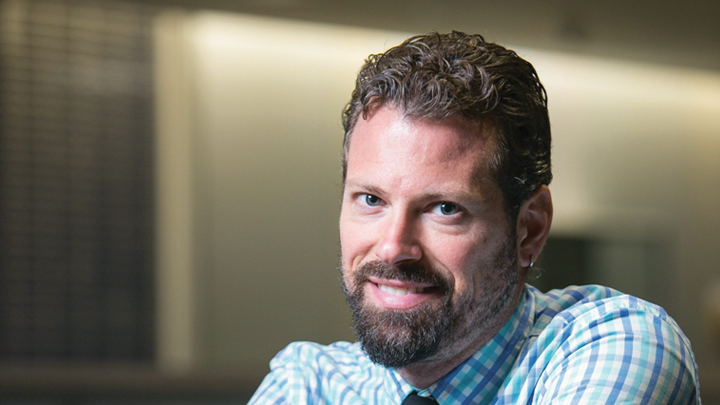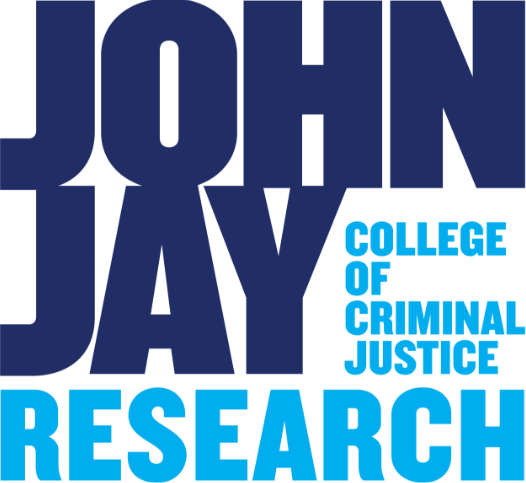
In his recent book Human Errors: A Panorama of Our Glitches, from Pointless Bones to Broken Genes, Lents set out to highlight how some of the most important functions of the human body are the result of genetic errors, random mutations, and evolutionary adaptations that help us address, and can also cause, what he calls our “human errors.”
“I took a handful of interesting design quirks in the human body and mind, and analyze them through the lens of our evolutionary past,” said Lents. “When you look at these design flaws from that perspective, they make sense. They’re still flaws, but they tell us a lot about our past, about the different environments we used to be adapted to, and what our bodies used to look like.”
An example of one of these quirks is the fact that humans and other primates must consume vitamin C, usually in the form of citrus fruits, to stay alive and healthy. If we don’t, we can contract and even die of scurvy. The vast majority of animals on earth—including all other mammals—can produce vitamin C on their own, eliminating the need to consume it in the form of food. According to Lents, human DNA actually contains all the necessary genes to make vitamin C, but today, we cannot make it. So why are humans among the only animals on earth unable to naturally produce this essential vitamin?
Because of mutation. “Through pure chance,” said Lents, “an ancestor of all primates suffered a mutation in an egg or sperm cell [that prevented the gene that produces vitamin C from functioning], and it became fixed in the population. All their descendants are now dependent on vitamin C from their diets. For this reason, primates were stuck where vitamin C was abundant.” Only after humans invented agriculture about 10,000 years ago, and learned to cultivate vitamin C-rich plants in places where they were not native, were they able to expand from Africa and Central Asia.
This is just one of many examples in Lents’ book where a genetic flaw can help explain some of the enduring questions of human evolution.
“The individual flaws and quirks are really interesting and informative, but they also give us insight into our biology, how we are the way we are now. When we understand our evolutionary history, we can live in better harmony with our bodies.”
—Sam Anderson
To learn more about all the books published by John Jay faculty from 2017-2018, visit our website.
Human Errors chosen as a Publisher’s Weekly “Big Title” and featured by the Wall Street Journal as a 2018 “Summer Read.”
photo: courtesy of Nathan Lents
